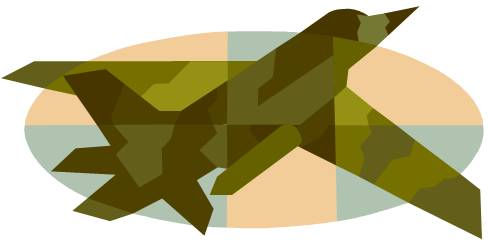 There’s a buzz in the air about the movie Avatar. My husband and I trekked over to our local IMAX theater (www.imax.com) this past weekend and were not disappointed. The movie truly sets a new standard for moviemakers and moviegoers alike. I was transported to Pandora, a totally different world, light years away. My senses were delighted with lush landscapes, new animal species, and an indigenous population of 9 to 12 foot tall blue inhabitants, called the Na’Vi. With the 3-D glasses, I truly felt like I could touch and feel the distant future, 2154.
There’s a buzz in the air about the movie Avatar. My husband and I trekked over to our local IMAX theater (www.imax.com) this past weekend and were not disappointed. The movie truly sets a new standard for moviemakers and moviegoers alike. I was transported to Pandora, a totally different world, light years away. My senses were delighted with lush landscapes, new animal species, and an indigenous population of 9 to 12 foot tall blue inhabitants, called the Na’Vi. With the 3-D glasses, I truly felt like I could touch and feel the distant future, 2154.
Reviewers have criticized the storyline as a series of clichés. I agree. It’s all there: good versus evil, science versus capitalism, collaboration versus competition, aggressors versus peacekeepers, exploitation versus conservation, etc. I also believe that there are lessons leaders can learn from the film about organizational tanglesTM. Sometimes it is easier to see patterns of behavior when they are set in a different context.
I coined the term organizational tangle to describe situations in which a complex, strategic business challenge is further complicated by human dynamics. Tangles occur when different factions within an organization vie for power, resources, or control. For example, the head of one organizational function (Sales, Marketing . . . fill in the blank) refuses to be accountable and blames all other functions when things go wrong. Or, product quality keeps slipping and manufacturing blames engineering who in turn blames marketing. In essence, divisions or departments that are supposed to work together become enemies. There’s a clear “us versus them” attitude.
This is the case in Avatar. In the movie, a military team has been sent to Pandora to seize precious assets. Resources on earth are scarce and the economy is bad. Sound familiar? The Na’Vi are ferociously guarding these assets and are physically stronger than the earthlings. Meanwhile, scientists from earth are also studying the Na’Vi and believe that by understanding their culture, it will be easier to collaborate with them. The stage is set for a tug of war between the earthling military and scientists. Each has different agendas. There is also a clear tug of war between the earthlings and the Na’Vi . Avatar provides us a great example of multiple tangles.
As the story unfolds, we see the main character Jake, transform from a paraplegic earthling into a warrior Na’Vi. Brought in to find a way to get the goods from the Na’Vi, he goes native. By seeing and experiencing the world from their eyes, at the same time that we viewers are experiencing it in glorious 3-D, we get a wonderful lesson in the opportunities and challenges of learning to respect differences. We also learn that brute force begets more of the same. There is no win-win solution when you go in with guns blazing.
In my executive development and organizational strategy consulting practice, I often meet leaders who haven’t developed the capacity to see the world through the eyes of their colleagues. By not respecting differences, they miss out on opportunities to share resources, whether it is information, everyone’s best thinking, or out of the box solutions. A tangle is born and the company loses opportunities to thrive. On the other hand, I also encounter leaders who respect differences too much. They often acquiesce and give away their power. I coach them to develop a stronger backbone.
Avatar beautifully demonstrates just how hard it is to learn to respect differences. In one early scene, Sigorney Weaver’s character, Dr. Grace Augustine, interrupts Jake as he records a video log of his experience as an Avatar. She reminds him that he has to try harder to get into the heads of the Na’Vi. That is easier said than done. Leaders are coached to crawl into the heads of peers, or to get behind their eyeballs, or step into their shoes in order to understand different perspectives. The theory goes that this will help leaders reposition their requests in a way that it gets heard. In Avatar, Jake gets so into the Na’Vi’s head, that (spoiler alert), he loses himself. Some leaders try to get their way by coercion or force. Others, like Jake, acquiesce. Neither are good strategies.
Learning to respect differences is a critical leadership skill. It requires emotional intelligence and a willingness to collaborate. If your organization could benefit from greater collaboration and respecting differences, contact me at info@rubenconsulting.com for a complimentary consultation.




